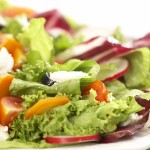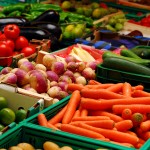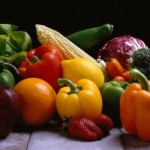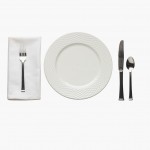 Rushing here, rushing there! Late for this appointment, need to return that phone call! Everyone is busy, busy all the time! Rest assured, eating healthy on-the-go IS possible. All it takes is a little planning ahead. Having healthy food convenient is key.
Rushing here, rushing there! Late for this appointment, need to return that phone call! Everyone is busy, busy all the time! Rest assured, eating healthy on-the-go IS possible. All it takes is a little planning ahead. Having healthy food convenient is key.
Join #HealthyWayMag Fitness Chat this Monday 5pm(Pacific)/8pm(Eastern) on Twitter and pick up healthy eating tips, nutritious snacking ideas and on-the-go best food choices!
Here’s how to join:
Log onto your Twitter account and follow @HealthyWayMag to see the chat questions. Questions for discussion will be posted as Question 1, “Q1″, Question 2, “Q2″ and so on. Contribute your answer and experience via answers to Question 1 noted as “A1″, designating your answer to Question 2 as “A2″ and so on. Interact with others, chat, exchange ideas, training tips and have fun!
Monday September 28, 2015 #HealthyWayMag Fitness Chat welcomes Co-Host Helen Agresti, R.D:
Helen is the founder of Professional Nutrition Consulting and The 24_7 Dietitian app. She’s a mom of 5, contributor for the Huffington Post, triathlete, and chocolate lover. Helen is passionate about educating families on how to cook healthy meals and snacks at home. You can now receive Helen’s Personal Nutrition Coaching thru her 24_7 dietitian app-available on iOS and android. Go to www.pronutritionconsulting.com for more info.
 Subscribe
Subscribe






